Sperm, clitoris and other discoveries radically change the sexual life of mankind
Categories: Society
By Pictolic https://pictolic.com/article/sperm-clitoris-and-other-discoveries-radically-change-the-sexual-life-of-mankind.htmlStrange to think that so far in human anatomy, there are "white spots", but once there were many more. What people didn't know they were speculation: scientists have built the most wild assumptions about the purpose of the clitoris, the nature of the female orgasm and much more. Let's read about the most ambitious anatomical discoveries in the field of sex.
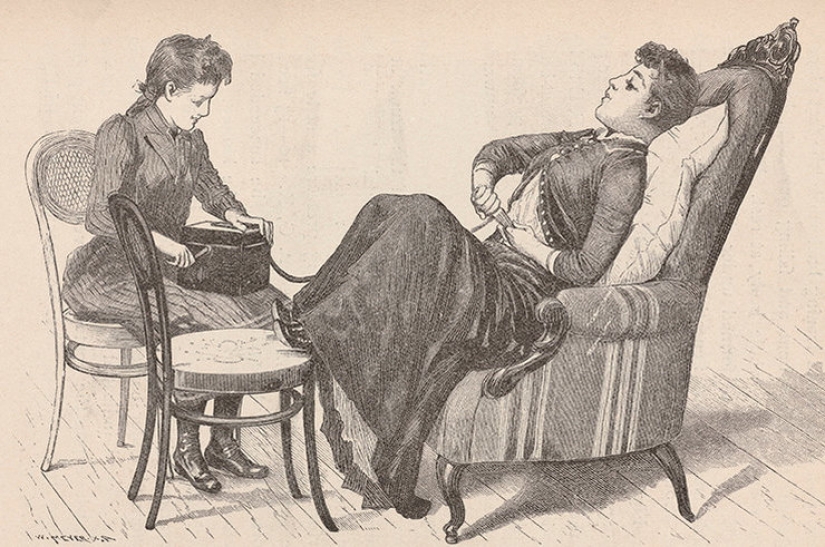
That cum there, always knew. But the fact that it is composed of living cells, it was for the entire scientific world a shock. Sperm cells first described by the Dutch scientist microscopist Antoni van Leeuwenhoek in 1677. Leeuwenhoek was a fan of the microscope, and he, apparently, you had a check-list of everything you need for him to consider: tears, blood, saliva and finally cum.
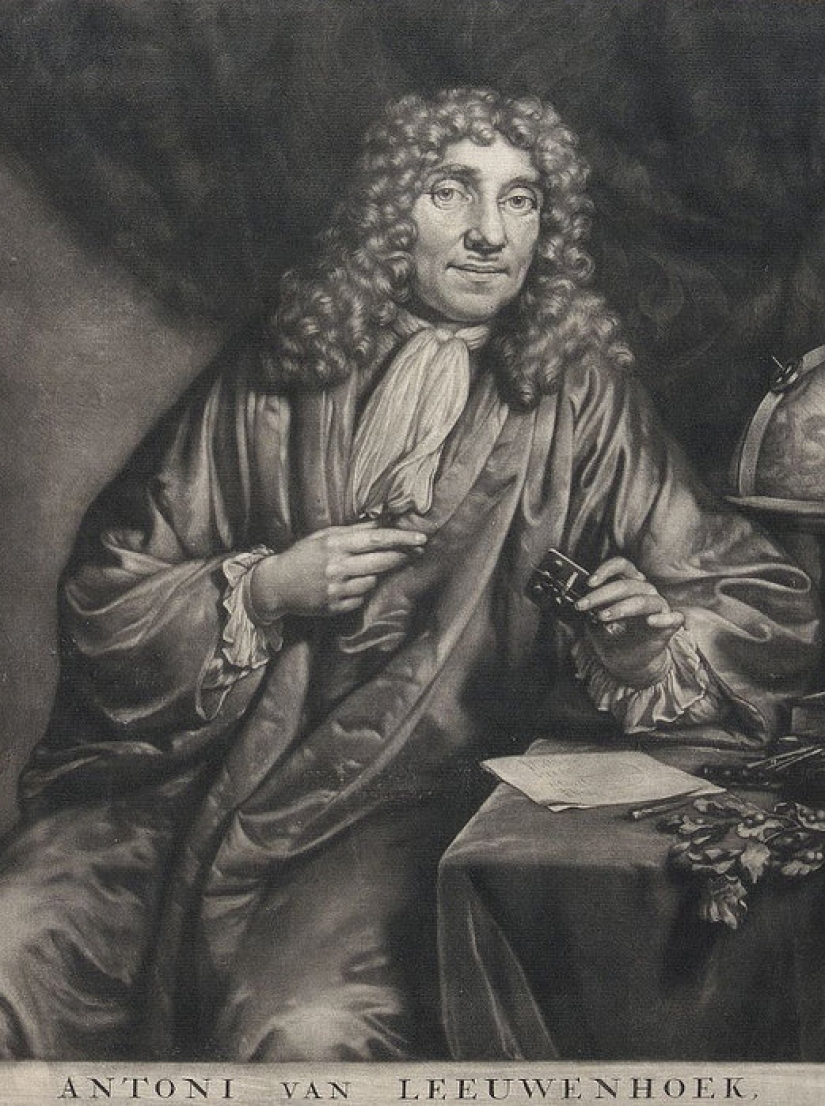
A scientist collected samples of semen from the vagina of the wife and looked at them through a magnifying glass. There he saw that the fluid under the microscope consists of living cells. He didn't call them "sperm" — the word came later. Anthony used the affectionate nickname "seed animals" (animalcules).
This discovery has changed the view of scientists about human reproduction. The British Royal scientific society started. Leeuwenhoek even expressed the bold assumption that these "creatures" to help in fertilization. Here it is, of course, ridiculed.
That whimsical gentle bump in women between the legs there is, too, knew long ago. Hippocrates called it the columella (little column), Avicenna — albatra or virga (rod) and the Arab medic Abulcasis named it tentigo (tension). But the first man who discovered the clitoris, but decided to pay more attention to him, was the Italian surgeon, Realdo Columbus. In 1559 he examined the genitals more than a hundred patients, and concluded that all women had tiny tubercle from touching "becomes thicker and longer to such an extent that it begins to resemble the male penis".
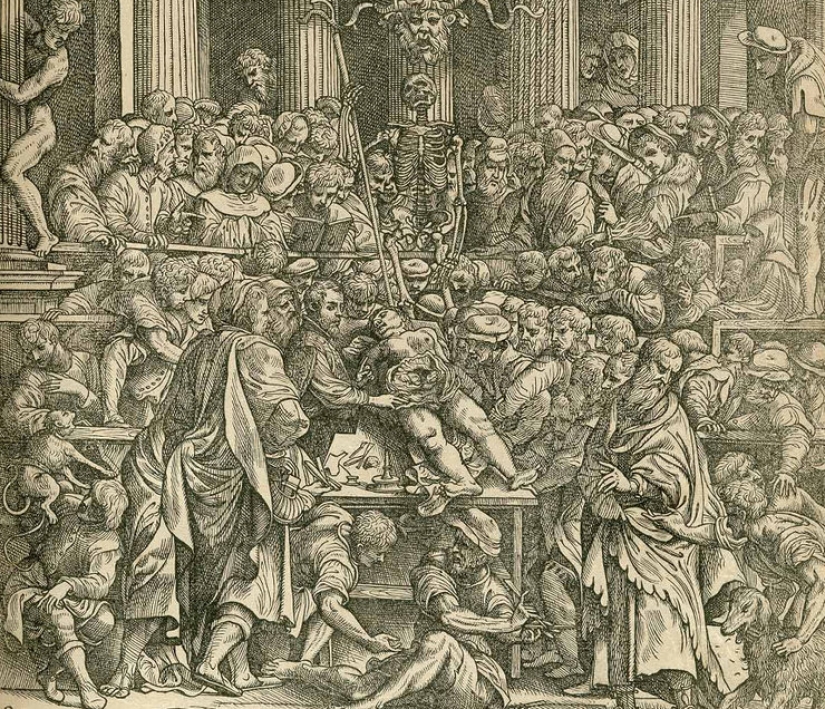
Not to say that Columbus was not vain: "since no one has described these processes and their functioning, and if it is permissible to give the name of bodies, discovered by me, it is called the love or sweetness of Venus..." — he wrote. And if the circumstances were in his favor, Illustrator of Columbus would Michelangelo himself!
After that Clit for a long time (very very long) "faded", and the next person who is interested in them, were women. Only in 1966, psychiatrist Mary Jane Sheriff turned to the clitoris in his "Nature and evolution of female sexuality," and later, in 1975, 9 women gathered in the "circle of interest". They wanted to know more about your body and pleasure. So, they gathered together, rented linen, sat in a circle and masturbated by comparing their genitals to illustrate the already written literature. One of these women, Suzanne Greig, attended a course of anatomy and first drew the clitoris with all its 18 parts.
Surprisingly, the study of the clitoris is still ongoing. For example, scientists still have no idea whether the clitoris for something else than pleasure.
The history of female sexuality — a long, painful and sometimes bloody. Scientists of the XIII century tied female orgasm and conception. They were convinced that without orgasm a woman can not get pregnant. This is what we learned from medieval texts and, at first glance, the news is rather good. But it's actually not.
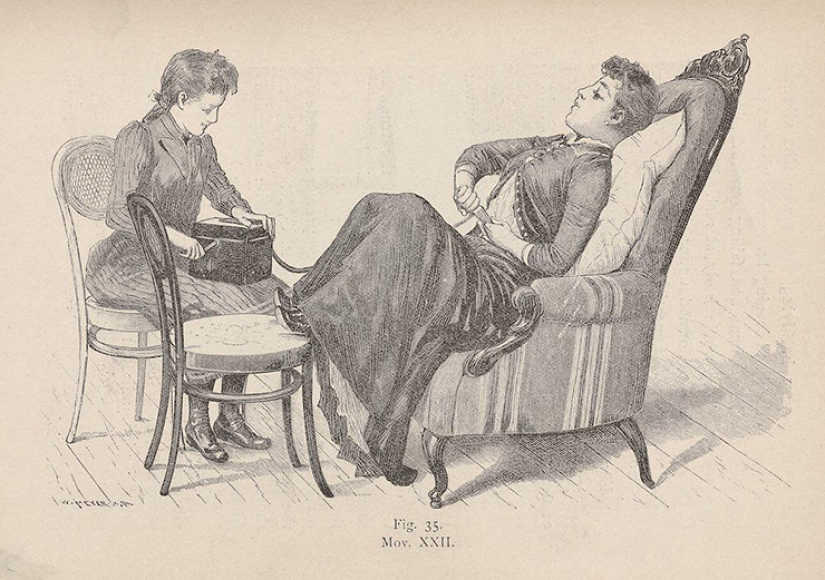
In those days people were convinced that women's sexual organs and orgasm has the same structure as the male. They just "turned inside out". What is the problem? Rape. If after the rape the woman became pregnant, this could mean, according to medieval men, only one she enjoyed what she did.
Fast forward: in the court of the XIX century, and women being treated for the disease known as "hysteria". Symptoms were considered chronic fatigue, irritability, headaches, heaviness in the abdomen and anxiety. The reason for everything, decided the doctors were "wandering uterus" and the only cure — genital massage, which was very popular with the ladies. After she experienced a seizure ("hysterical paroxysm") was relief. However, seizure was not associated with sexual pleasure — sex is not there!
In 1940, the scientists Alfred Kinsey finally spent a huge poll about sex and sexuality, which — Hooray! finally told the world that women also masturbate and orgasm.
The history of the G-spot began with a German anatomist named Ernst Grafenberg. In his research, he touched upon the topic of female sexuality — not very popular in 40-e years.
Once Grafenberg discovered the sensitive area inside the vagina on the front wall at a distance of approximately 7 cm from the entrance. Today this region is known as the G-spot, but then Explorer wouldn't even give it a title, writing simply: "the Main erotic zone, perhaps more important than the clitoris". What really surprised the Site — the stimulation of this area, women not only reached orgasm but ejaculated.
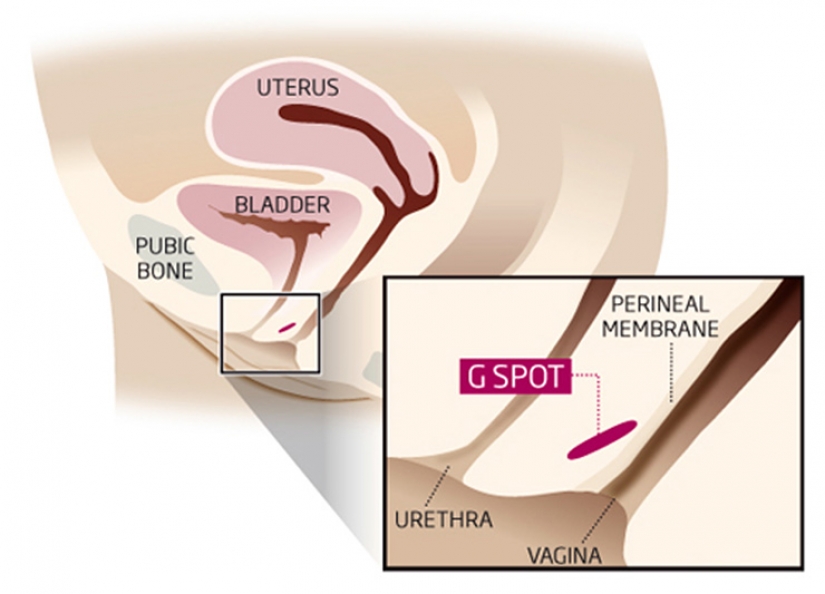
Not interested in the scientific world, and interest to the G-spot revived only after 30 years. In 1981, scientists Beverly Whipple and John Perry published a study which agreed with the assumption of on-Site there is a special erogenous zone inside the vagina. "When I told a colleague about our discovery, he suggested I call this point "Whipple Tickle" (tickle Whipple), says Whipple. — I thought about it and agreed. The site need to repay the debt". So the coveted area acquired the name of "the G spot". Don't know, would be happy Grafenberg that thus his name went down in history, but what's done is done.
Keywords: Women | Health | Evolution
Post News ArticleRecent articles

Until 1917 cosmetics in Russia practically was not made. The pioneer becomes the trust "TEJA" (Trest essential oil essences), which ...

The so-called "freak shows" were very popular in the USA at the end of the 19th century. People came in droves to look at disabled ...
Related articles

In the 1930s, the strict requirements of decency related to the appearance of women were rapidly retreating, and the ladies finally ...

Meet the formidable, but charming female bodybuilders of the early XX century. It was they who stepped over social norms and ...

For some reason, when they talk about the compatibility of women and IT technologies, men remember stupid jokes. Although the era ...

The latest research of neuroscientists has shown that a person learns much more effectively if he overcomes purposefully created ...